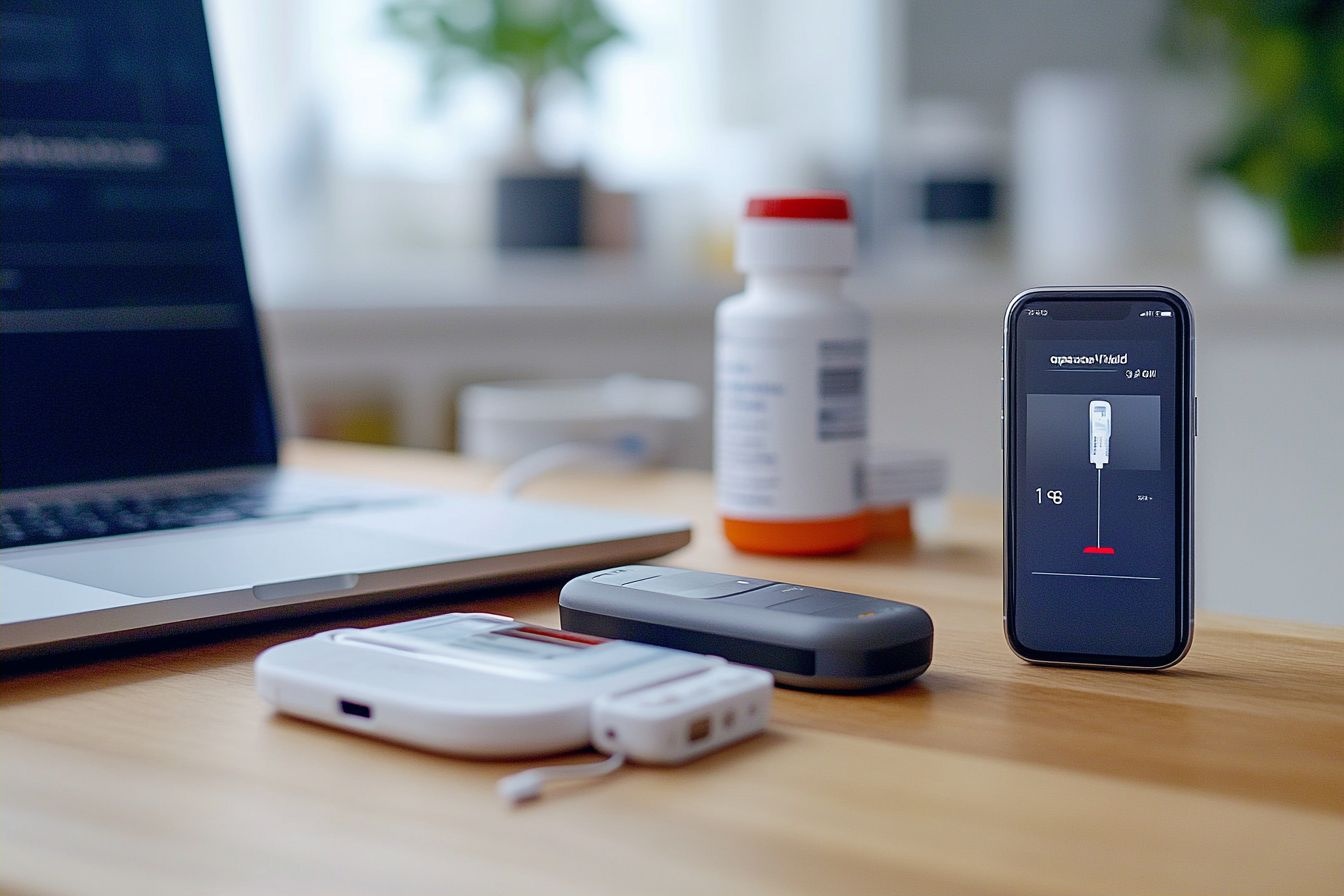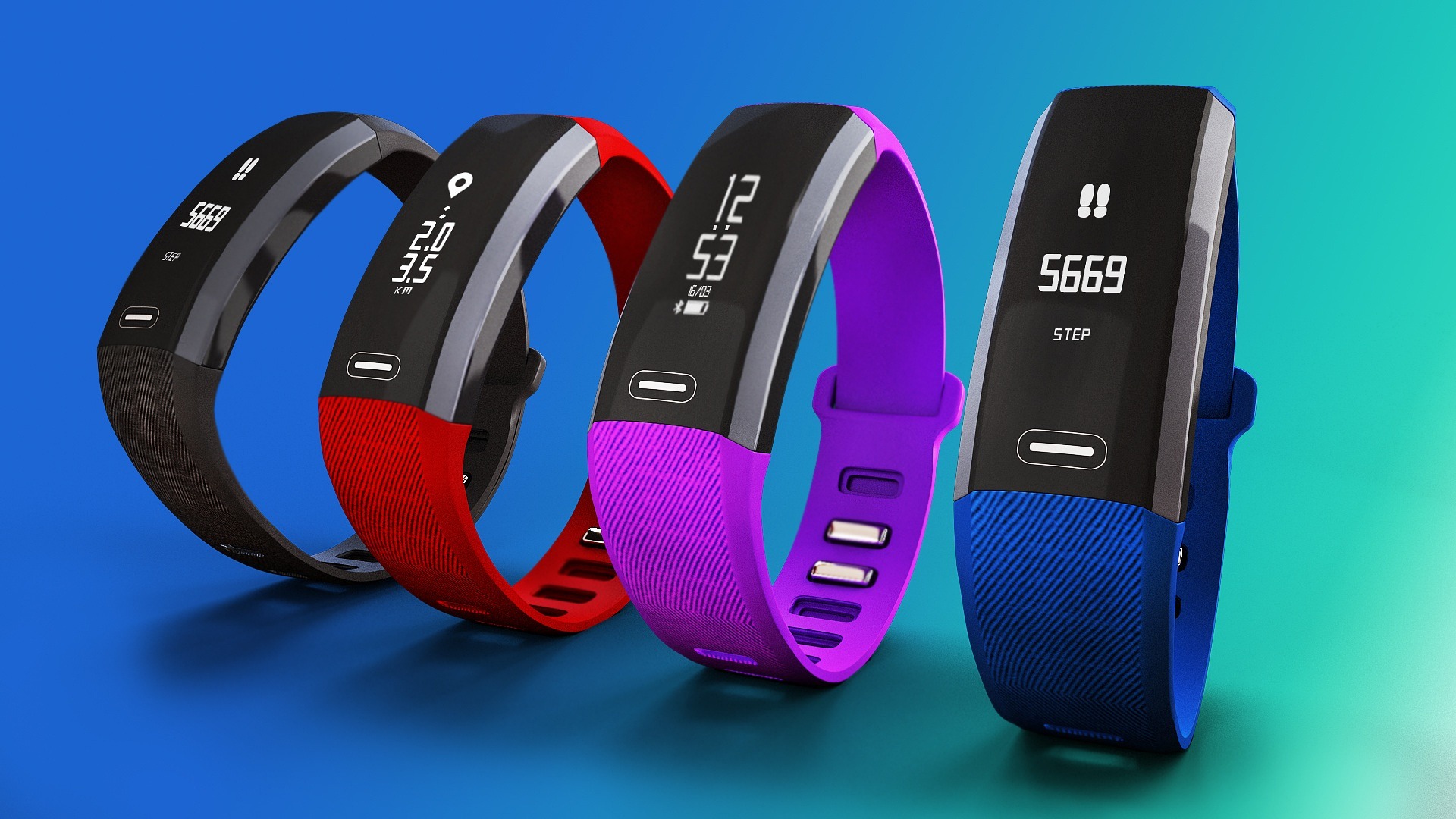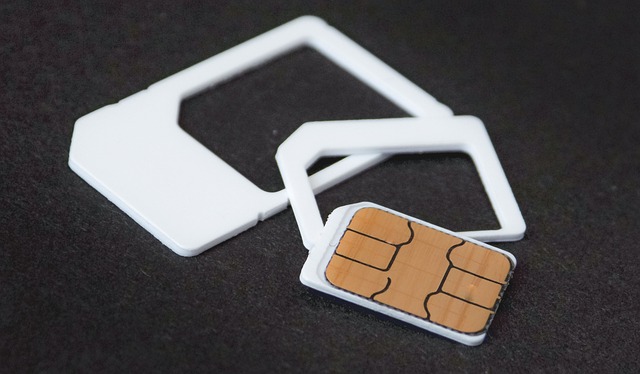Managing Type 2 Diabetes in 2025: Technology That Makes Life Easier
The landscape of type 2 diabetes management is undergoing a remarkable transformation as we approach 2025. Technological innovations are revolutionizing how patients monitor, manage, and live with this chronic condition. From advanced continuous glucose monitoring systems to AI-powered decision support tools, these developments promise to reduce the daily burden of diabetes management while improving health outcomes.

Type 2 diabetes affects millions of Americans, requiring constant monitoring and management that can feel overwhelming. However, as we look toward 2025, technological advancements are poised to dramatically simplify diabetes care. These innovations aim to reduce the mental load of diabetes management, improve glycemic control, and enhance quality of life. With smart devices becoming more affordable, accurate, and user-friendly, patients can expect more personalized care and greater independence in managing their condition.
The Role of Technology in Type 2 Diabetes Management
The integration of technology into diabetes care represents a paradigm shift from reactive to proactive management. Modern diabetes technology creates comprehensive ecosystems where glucose data, insulin delivery, physical activity, and dietary information work together to provide a holistic view of a patient’s condition. Smart insulin pens now track dosing history and timing, while smartphone apps offer personalized insights based on collected data. These technological solutions help bridge the gap between clinical visits, allowing healthcare providers to make more informed treatment adjustments.
Artificial intelligence algorithms are increasingly being employed to identify patterns in glucose fluctuations that might otherwise go unnoticed. These systems can predict potential hypoglycemic events hours before they occur, giving patients time to take preventive action. Additionally, telehealth platforms specialized for diabetes care have expanded access to endocrinologists and diabetes educators, particularly benefiting patients in rural areas who previously faced geographical barriers to specialized care.
Continuous Glucose Monitors: Real-Time Insights for Better Control
Continuous glucose monitoring (CGM) technology has evolved significantly, with 2025 models offering unprecedented accuracy and convenience. Modern CGMs feature extended sensor wear time—up to 14 days or more—eliminating the need for frequent replacements. These devices now communicate seamlessly with smartphones, smartwatches, and other wearables, providing real-time glucose readings without the need for fingerstick calibrations.
The latest CGM systems incorporate advanced algorithms that not only report current glucose levels but also predict future trends based on patterns, activity levels, and insulin-on-board calculations. Many now feature customizable alerts that can be adjusted based on time of day or activity, reducing alarm fatigue while maintaining safety. Perhaps most significantly, newer CGMs are designed with user experience in mind—they’re smaller, more discreet, and water-resistant, addressing previous barriers to adoption.
Integration capabilities have expanded as well, with CGMs now able to share data directly with electronic health records, allowing healthcare providers to access comprehensive glucose data during appointments or even remotely between visits. This continuous flow of information enables more timely interventions and treatment adjustments without requiring additional office visits.
Future Trends in Type 2 Diabetes Technology for 2025 and Beyond
As we move further into 2025, closed-loop insulin delivery systems—often called “artificial pancreas” technology—are becoming more accessible for type 2 diabetes patients who require insulin. These systems automatically adjust insulin delivery based on CGM readings, reducing the risk of hypoglycemia and improving time in target glucose range without constant patient intervention. Early research suggests these systems may reduce diabetes-related stress and improve sleep quality by managing glucose levels overnight.
Smart contact lenses and non-invasive glucose monitoring patches are progressing from research concepts to commercial reality. These technologies aim to eliminate the need for sensor insertion entirely, instead measuring glucose through tears or interstitial fluid accessed via microneedles or other novel approaches. Though still evolving, these solutions promise to further reduce the physical burden of diabetes monitoring.
Digital therapeutics—prescription-grade software applications—are gaining FDA approval for type 2 diabetes management. These apps combine evidence-based behavioral interventions with real-time monitoring to help patients make sustainable lifestyle changes. Some incorporate game design elements to increase engagement and motivation, while others use sophisticated AI to provide increasingly personalized coaching.
Diabetes Management Devices: Comparing Leading Technologies
The market for diabetes management technology continues to expand, offering patients more options than ever. When selecting technology, patients must consider factors like insurance coverage, ease of use, and integration with existing devices.
| Device Type | Representative Products | Key Features | Estimated Cost Range |
|---|---|---|---|
| CGM Systems | Dexcom G7, Abbott Freestyle Libre 3, Medtronic Guardian 4 | Real-time glucose readings, predictive alerts, smartphone integration | $200-350/month |
| Smart Insulin Pens | Companion Medical InPen, Novo Nordisk NovoPen 6, Bigfoot Unity | Dose tracking, timing reminders, insulin-on-board calculations | $35-75/month + insulin |
| Automated Insulin Delivery | Tandem Control-IQ, Omnipod 5, Medtronic 780G | Automated basal adjustments, predictive low-glucose suspension | $6,000-8,000 initial + $250-400/month |
| Digital Health Platforms | Livongo, Omada Health, One Drop | Coaching, data analysis, lifestyle support | $20-100/month |
Prices, rates, or cost estimates mentioned in this article are based on the latest available information but may change over time. Independent research is advised before making financial decisions.
Data Integration and Interoperability Advancements
One of the most significant improvements in diabetes technology for 2025 is enhanced interoperability between devices from different manufacturers. Patients are no longer limited to staying within one company’s ecosystem, as open protocols allow CGMs, insulin pumps, and management apps to communicate effectively regardless of brand. This interoperability extends to electronic health records, fitness trackers, and nutrition apps, creating a more comprehensive health profile.
Cloud-based platforms now securely aggregate data from multiple sources, allowing healthcare providers to view complete diabetes management information in one dashboard. This integration enables more personalized care plans based on comprehensive data rather than isolated snapshots. Additionally, many platforms now support family sharing features, enabling caregivers or family members to remotely monitor glucose levels and receive alerts when values fall outside safe ranges—particularly valuable for older adults or those with hypoglycemia unawareness.
Conclusion
The technological landscape for type 2 diabetes management in 2025 offers unprecedented opportunities for improved care and reduced burden. From advanced continuous glucose monitors to integrated digital ecosystems, these tools are transforming diabetes from a condition requiring constant attention to one that can be managed more discreetly and effectively. While technology cannot cure diabetes, it continues to minimize its daily impact while maximizing health outcomes. As these innovations become more affordable and accessible, they promise to democratize high-quality diabetes care for a broader population of patients living with type 2 diabetes.
This article is for informational purposes only and should not be considered medical advice. Please consult a qualified healthcare professional for personalized guidance and treatment.




